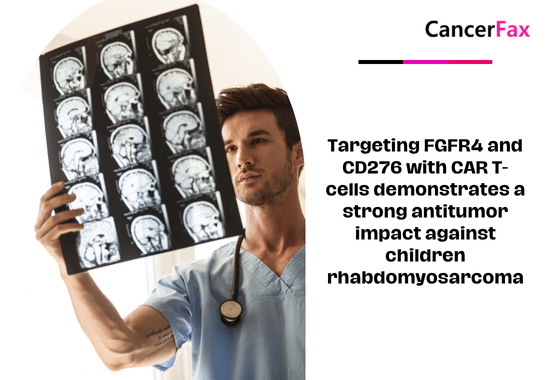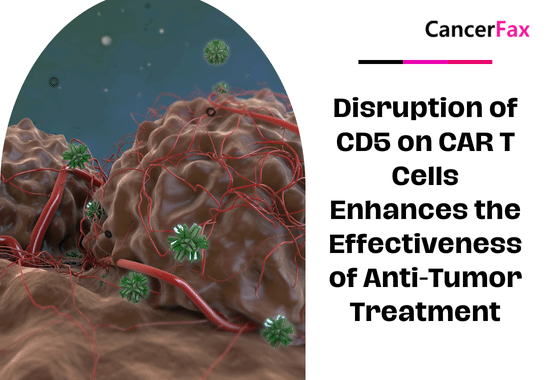A study reported by Yasuhito Tanaka of the Nagoya City University Medical Department in Japan showed that the single nucleotide polymorphism (SNP) in the TLL1 gene is related to the occurrence and development of hepatocellular carcinoma after radical cure of hepatitis C virus infection. (Gastroenterology. 2017, 152: 1383-1394.) The researchers established different models by combining TLL1 gene mutation with other significant risk factors to predict the risk of liver cancer in patients with different degrees of liver fibrosis. TLL1 gene variants can be used to predict the risk of liver cancer in patients who have achieved a sustained virological response (SVR) in clinical practice. The study included Japanese patients who still suffered from liver cancer after interferon eradication of hepatitis C virus, and used genome-wide association analysis to identify which genes were mutated. The results showed that the TNP1 gene SNP rs17047200 on chromosome 4 is closely related to the occurrence of liver cancer after eradication of hepatitis C virus. There is no obvious linkage disequilibrium between other SNPs and rs17047200, and no more promising SNPs have been found in the exons and promoter regions of TLL1. Tanaka commented: “The mutant genes of liver cancer caused by hepatitis C virus include MICA and DEPDC5, which is very different from our test results.” In a multivariate analysis, the AT / TT base pairing of rs17047200 may lead to a 78% increased risk of liver cancer (P = 0.008). In the group of patients with mild fibrosis, older age is an independent risk factor for liver cancer; in the group of severe fibrosis, postoperative alpha-fetoprotein level and low albumin level are also risk factors. In two groups of liver fibrosis rat models, the mRNA level of TLL1 has increased, but only one group of models of TLL1 mRNA level is consistent with the progress of liver fibrosis. The level of TLL1 mRNA in patients with chronic hepatitis C also increases as liver fibrosis worsens.
Tananka pointed out: “These data initially show the relationship between TLL1 / Tll1 expression and hepatic stellate cell activation or hepatic fibrosis progression in animals or in vitro and in humans (the model is non-alcoholic steatohepatitis-related liver cancer). It may be able to clarify a new mechanism of liver fibrosis or canceration. After the patient received radical treatment for hepatitis C virus and obtained SVR, TLL1 SNP-related experiments may be used to identify people at risk of liver cancer. If TLL1 SNP is compared with The combination of age, degree of fibrosis, high alpha-fetoprotein level and other significant risk factors can help clinically predict the risk of liver cancer after SVR. No interferon oral treatment plan combined with direct-acting antiviral drug therapy , Is becoming the standard anti-hepatitis C virus therapy in developed countries. However, further research is still needed to assess whether TLL1 mutations are related to the occurrence of liver cancer after treatment with interferon-free SVR.

